DAY 6 - Pont-à-Mousson to Épernay 10/10/07
We travelled to Verdun without going through Metz so the world's biggest stained glass window will have to wait until another day.
At Verdun there was a very long World War 1 battle that lasted many years and saw the death of over 800,000 people. One particular battle lasted 300 days and accounted for two-thirds of the deaths. As this is now our Lest We Forget tour of France we went to three different areas of Verdun to understand what the soldiers and the country went through.
Fort de Douaumont - an underground fort where 500 soldiers at one time lived to defend a hill. There was a lot of construction underground that took years to make and now seems to have been silly for one small hill. The conditions were poor because it was damp underground and air became stale. Disease set in because of the lack of fresh air and lack of clean hot running water. The only things that survived were germs and lice.
Military Cemeteries and Trenches
- Throughout the top half of France you drive pass acres and acres of military cemeteries. They are normally well signposted with the battle details and quite often segregated into the various nationalities. They are also very well maintained. 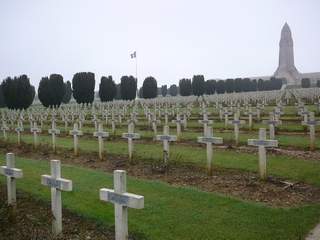 This photo is of a French cemetery not far from Fort de Douaumont. 15,000 soldiers who “mort pour la France” are buried here. Most cemeteries are set up close to the battlefield where the soldiers fell. When travelling from the fort back to Verdun we drove through a forest that still had evidence of the trenches. Although they have since filled in with blown dust and dirt it is still quite obvious how easily they could have filled up with water and been muddy ditches attracting rodents and diseases.
This photo is of a French cemetery not far from Fort de Douaumont. 15,000 soldiers who “mort pour la France” are buried here. Most cemeteries are set up close to the battlefield where the soldiers fell. When travelling from the fort back to Verdun we drove through a forest that still had evidence of the trenches. Although they have since filled in with blown dust and dirt it is still quite obvious how easily they could have filled up with water and been muddy ditches attracting rodents and diseases. 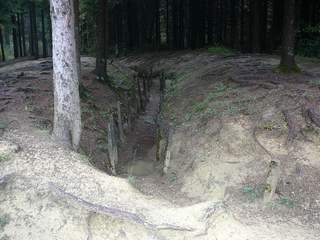 The picture shows lots of trees, however from the photos we had seen at the museum the trees were often burnt from shelling and bombing and therefore provided little shelter from the elements or the enemy. If the Germans didn’t kill the soldiers the wet conditions and many prevalent diseases did.
Verdun Museum
The museum was billed as one of the greatest; I beg to differ. The staff didn’t speak English and were unwilling to let us in because they were due to shut for a two hour lunchbreak. When we came back later, without explanation we were given coloured cards and pointed down a dark tunnel. We then waited for a very long time behind a bus load of students as the tour carriages only took 8 at a time. Finally when we got to the front of the queue a man took our coloured cards and held them up, “Les Anglaise, Les Anglaise”. He didn’t speak English and double checked we were English by pointing to a Union Jack. There were no other English speaking tourists so we had the carriage to ourselves.
The picture shows lots of trees, however from the photos we had seen at the museum the trees were often burnt from shelling and bombing and therefore provided little shelter from the elements or the enemy. If the Germans didn’t kill the soldiers the wet conditions and many prevalent diseases did.
Verdun Museum
The museum was billed as one of the greatest; I beg to differ. The staff didn’t speak English and were unwilling to let us in because they were due to shut for a two hour lunchbreak. When we came back later, without explanation we were given coloured cards and pointed down a dark tunnel. We then waited for a very long time behind a bus load of students as the tour carriages only took 8 at a time. Finally when we got to the front of the queue a man took our coloured cards and held them up, “Les Anglaise, Les Anglaise”. He didn’t speak English and double checked we were English by pointing to a Union Jack. There were no other English speaking tourists so we had the carriage to ourselves.
The whole display appeared to be based on the negatives of war, questioning why it needed to happen, why did it go on for so long and why did so many people suffer or die. In one display made with hologram characters a lower ranked officer is questioning a higher ranked officer about his focus, the war had been going for 2 years and all he was concerned with was whether the latrines smelt nice. The other common theme bagging the Poms is showing them taking time out for a cuppa or dinner break. As the fort visit was self guided, the trenches not made a feature of, the cemetery being French only and the museum more about the negatives of war we never got any indication of what part the ANZACs played in the battle of Verdun. Being a WW1 battle we probably had soldiers here under the guise of the English.
From Verdun we went to Epernay which is in the heart of the Champagne region. Most of the big names hang out here including Moet et Chandon, Bollinger etc. The public camp ground was closed for the winter season and the private one wanted 17 euros for nothing. 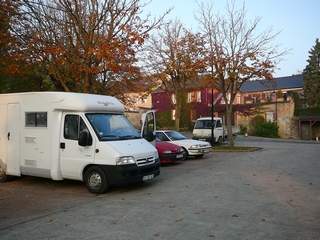 So we lowered the tone of the neighbourhood by parking in the Dom Perignon bus car park for the night among vineyards in the Hautvilliers village.
You'd have thought that the wine drinker amongst us would have seen the night in with a nice bottle of Champagne. Not so; he had found a 2 Euro bottle of rose wine in a tacky plastic container. The label says in French “Beau Soleil” which translates to “Sunshine”. Apparently it is made up of a mixture of grapes from all regions, simple translation, made from barrel dregs.
So we lowered the tone of the neighbourhood by parking in the Dom Perignon bus car park for the night among vineyards in the Hautvilliers village.
You'd have thought that the wine drinker amongst us would have seen the night in with a nice bottle of Champagne. Not so; he had found a 2 Euro bottle of rose wine in a tacky plastic container. The label says in French “Beau Soleil” which translates to “Sunshine”. Apparently it is made up of a mixture of grapes from all regions, simple translation, made from barrel dregs.

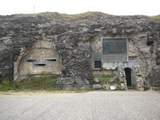
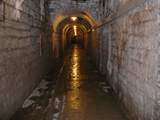
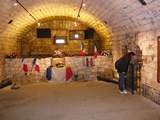
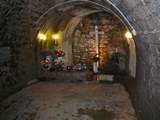
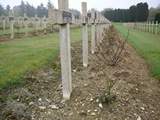
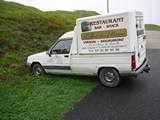
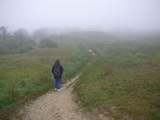
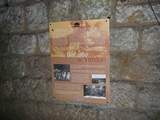
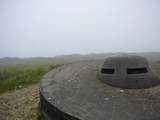
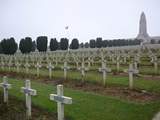
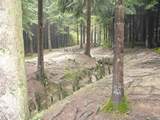

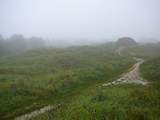

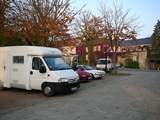
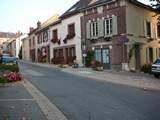
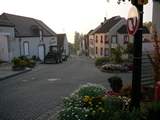
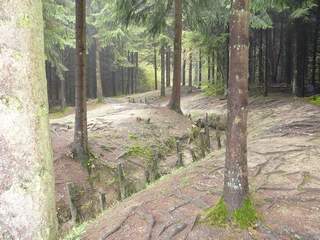 Original trenches at Verdun
Original trenches at Verdun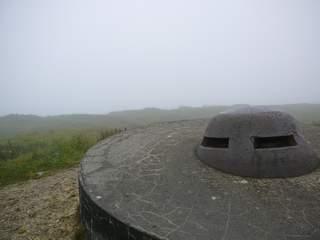 Heavy gun emplacement
Heavy gun emplacement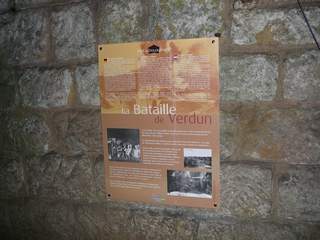 Memorial plaque in fortress
Memorial plaque in fortress This looked "interesting"
This looked "interesting"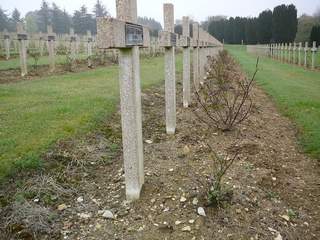 Verdun War Cemetery Graves
Verdun War Cemetery Graves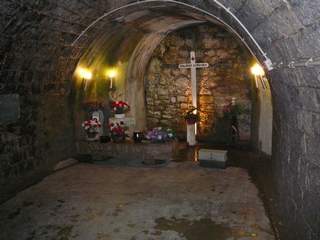 Area of rememberance
Area of rememberance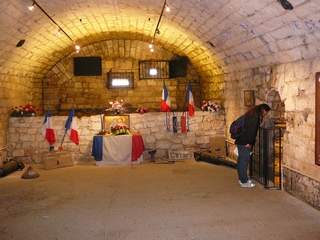 Remembering the fallen
Remembering the fallen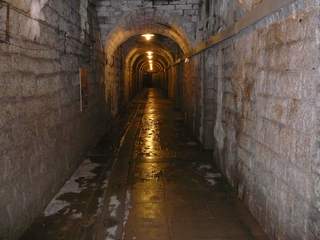 Underground Corridor
Underground Corridor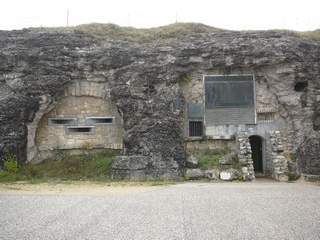 Entrance to Fort de Douaumont
Entrance to Fort de Douaumont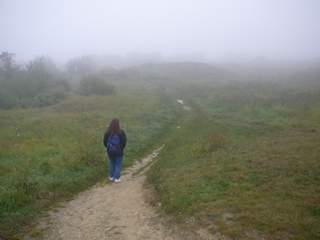 Near Fort de Douaumont
Near Fort de Douaumont